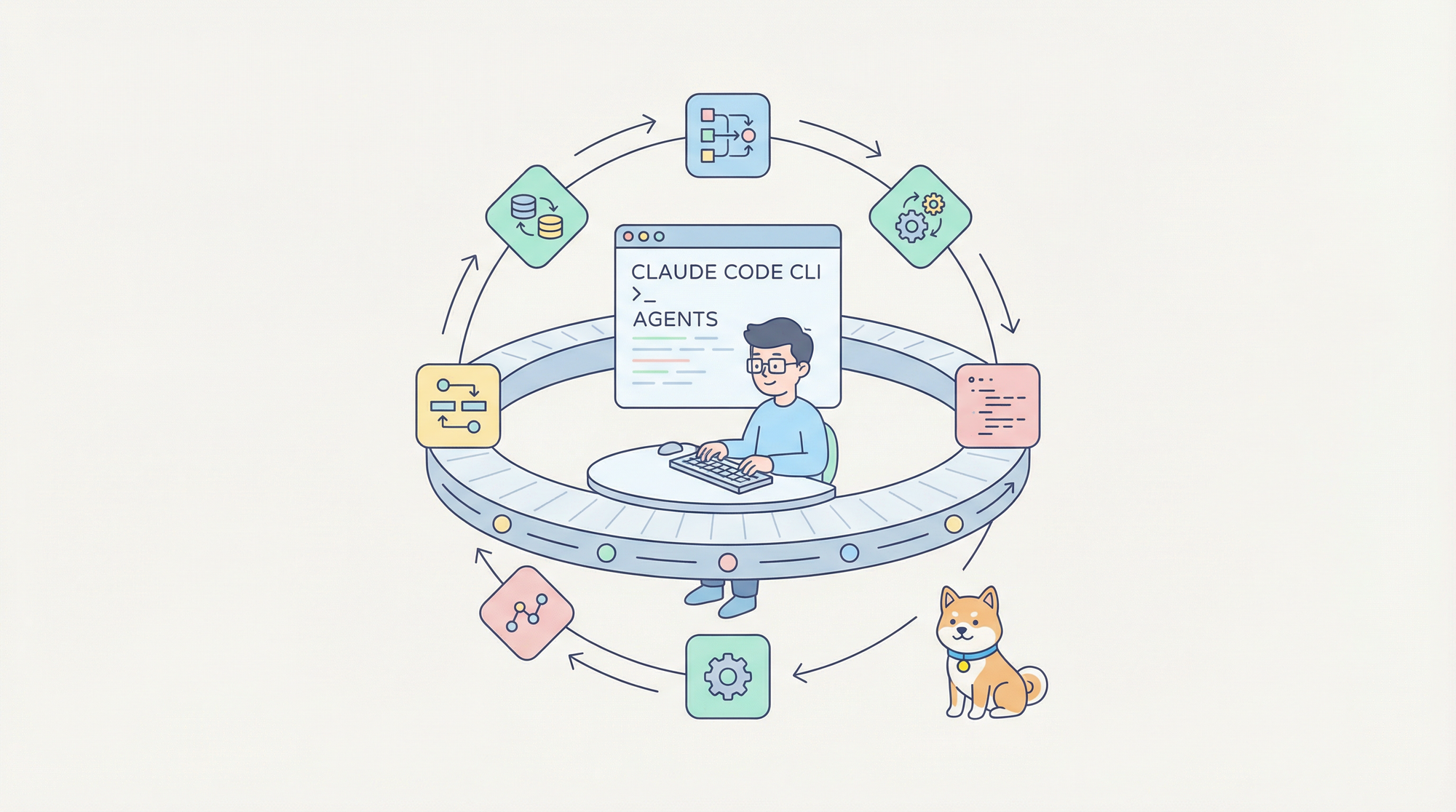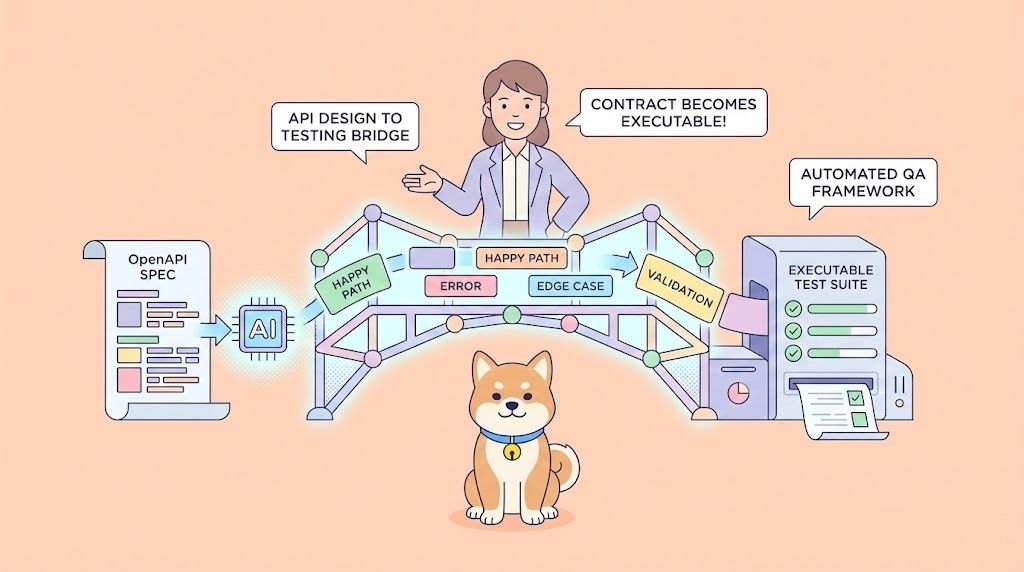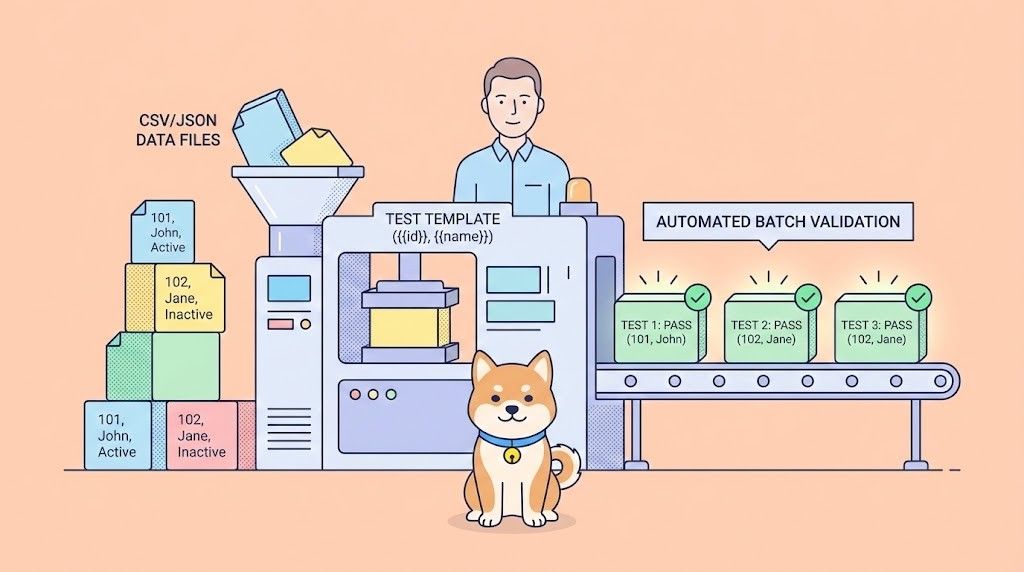Have you ever wondered why your AI assistant sometimes nails a task and other times totally misses the mark? Spoiler alert: it’s not always about the AI’s smarts—it’s often about the context you give it. Welcome to the world of Context Engineering, the unsung hero of building smarter, more reliable AI systems. In this guide, we’ll explore what context is, what Context Engineering entails, how it stacks up against prompt engineering, its role in agentic AI, and some killer techniques to make your AI shine. Buckle up, and let’s make AI work like magic!
Want an integrated, All-in-One platform for your Developer Team to work together with maximum productivity?
Apidog delivers all your demands, and replaces Postman at a much more affordable price!
What’s Context, Anyway?
Imagine you’re asking a friend to plan a dinner party. If you just say, “Plan a dinner,” they might flounder—Italian or sushi? Vegan or carnivore? Your place or a restaurant? Now, if you add, “It’s for my vegan book club, at my house, budget $50,” your friend has a clear picture. That extra info? That’s context—the background details that make a task doable.
In the AI world, context is everything the model “sees” before it responds. It’s not just your prompt (e.g., “Write a tweet”). It includes:
- System Instructions: Rules like “Act as a friendly tutor” or “Output JSON only.”
- User Prompts: The specific question or task, like “Summarize this article.”
- Conversation History: Past interactions to keep things coherent.
- External Data: Docs, databases, or API results fed to the model.
- Tools: Access to things like web searches or calculators.
Without the right context, even the fanciest large language model (LLM) like Claude or Gemini is like a chef with no ingredients—clueless. Context Engineering is about curating this info to set your AI up for success.

What Is Context Engineering?
Picture Context Engineering as the art and science of building a perfect “briefing” for your AI. It’s not about tweaking a single prompt to sound clever—it’s about designing a system that delivers the right info, in the right format, at the right time. As Tobi Lutke, Shopify’s CEO, put it, it’s “the art of providing all the context for the task to be plausibly solvable by the LLM.”
Think of an LLM’s context window as its short-term memory (like RAM in a computer). It’s limited—maybe 8,000 or 128,000 tokens—so you can’t just dump everything in and hope for the best. Context Engineering involves strategically selecting, organizing, and managing that info to make your AI’s responses accurate, relevant, and consistent. It’s like being a chef who picks just the right spices for a dish, not the whole pantry.
Why does this matter? Because most AI failures aren’t about the model being “dumb.” They’re about context failures—missing data, irrelevant noise, or poorly formatted inputs. Whether you’re building a chatbot, a coding assistant, or an enterprise AI, Context Engineering is the key to unlocking reliable performance.
Context Engineering vs. Prompt Engineering
You might be thinking, “Isn’t this just prompt engineering with extra steps?” Not quite! Prompt engineering is like writing a single, snappy instruction: “Write a tweet like Elon Musk.” It’s a subset of Context Engineering, which takes a broader, systems-level approach. Here’s how they differ:
- Prompt Engineering: Focuses on crafting one-off instructions. It’s about wording, like adding “Think step-by-step” to get better reasoning. It’s great for quick tasks but falls short for complex, multi-step workflows.
- Context Engineering: Designs the entire “information ecosystem” around the model. It includes prompts but also manages conversation history, retrieves external data, integrates tools, and optimizes the context window. It’s about what the model knows, not just what you say.
For example, a prompt-engineered chatbot might respond to “Book a meeting” with a generic reply. A context-engineered one pulls your calendar, team preferences, and past bookings to suggest the perfect time slot. Prompt engineering is a single note; Context Engineering is the whole symphony.
Context Engineering for Agents
AI agents—think autonomous bots handling customer support or coding tasks—are where Context Engineering really flexes its muscles. Unlike simple chatbots, agents tackle multi-step tasks, juggle tools, and maintain memory across sessions. Without proper context, they’re like a GPS with no map.
Andrej Karpathy compares LLMs to a CPU, with the context window as RAM. Context Engineering curates what goes into that RAM, ensuring agents have what they need at each step. For instance, a customer support agent might need:
- User History: Past tickets to avoid repeating solutions.
- Knowledge Base: FAQs or manuals for accurate answers.
- Tools: Access to a CRM to check order status.
Poor context leads to “context confusion” (the AI picks the wrong tool) or “context poisoning” (hallucinations get recycled). Context Engineering prevents these by dynamically updating context, filtering noise, and prioritizing relevance. Tools like LangGraph (from LangChain) make this easier by offering precise control over context flow in agentic workflows.

Take a coding agent like Claude Code. It doesn’t just autocomplete—it needs context about your codebase, recent commits, and coding style. Context Engineering ensures it pulls the right files and formats them digestibly, making it a true collaborator.
Techniques and Strategies for Context Engineering
So, how do you actually do Context Engineering? Let’s break down four key strategies—write, select, compress, and isolate—This is your toolkit for crafting awesome AI systems.

1. Write: Crafting and Persisting Context
Writing context is about creating and saving info outside the context window to guide the AI. This includes:
- System Prompts: Define the AI’s role, like “You’re a legal assistant” or “Output only JSON.” Clear instructions set the tone.
- Note-Taking: Use a “scratchpad” to store plans or intermediate steps. For example, Anthropic’s multi-agent researcher saves its strategy to memory, ensuring it survives context window limits.
- Few-Shot Examples: Provide sample inputs and outputs to show the AI what you want. For instance, include a sample tweet to guide tone.
Writing context is like leaving sticky notes for your AI to reference later, keeping it on track for complex tasks.

2. Select: Retrieving the Right Context
Selecting context means fetching only the most relevant info. Too much noise, and the AI gets distracted; too little, and it’s uninformed. Key techniques include:
- Retrieval-Augmented Generation (RAG): Pulls relevant docs from a knowledge base (e.g., a vector store) using semantic search. For example, a support bot retrieves FAQs matching a user’s query. RAG reduces hallucinations by grounding the AI in real data.
- Tool Selection: Use RAG to pick the right tools for a task. Studies show this can triple tool selection accuracy by matching tools to the query’s intent.
- Ranking: Order context by relevance or recency. For time-sensitive tasks, prioritize newer data to avoid outdated responses.
Selecting context is like curating a playlist—you pick the hits that fit the vibe, not every song you own.
3. Compress: Fitting Context into Limits
Context windows are finite, so compression is crucial. You can’t shove a whole library into 32,000 tokens! Compression techniques include:
- Summarization: Condense long docs or conversation history. Claude Code’s “auto-compact” feature summarizes interactions when the context window hits 95%.
- Recursive Summarization: Summarize summaries to save even more space, ideal for long conversations.
- Pruning: Trim irrelevant or redundant info. Drew Breunig calls this “pruning” to keep context lean and focused.
- Chunking: Break large inputs into smaller pieces for iterative processing, ensuring the AI doesn’t choke on big data.
Compression is like packing a suitcase—you keep the essentials and leave out the extra socks.

4. Isolate: Avoiding Context Clashes
Isolating context prevents confusion by keeping unrelated info separate. This is key for multi-agent systems or multi-turn tasks. Techniques include:
- Modular Context: Assign specific context to each task or agent. For example, one agent handles user queries, another processes payments, each with tailored context.
- Context Partitioning: Separate short-term memory (recent chats) from long-term memory (user preferences) to avoid overlap.
- Tool Isolation: Limit tools to relevant ones per task to avoid “context confusion,” where the AI picks the wrong tool.
Isolating context is like organizing your desk—keep the pens in one drawer and papers in another to avoid a mess.

Why Context Engineering Matters
Context Engineering is the future of AI because it shifts the focus from model tweaks to input design. As LLMs get smarter, the bottleneck isn’t their reasoning—it’s the quality of their context. Here’s why it’s a big deal:
- Reduces Hallucinations: Grounding AI in real data via RAG cuts down on made-up answers.
- Scales to Complexity: Agents handling multi-step tasks need dynamic, well-managed context to stay coherent.
- Saves Costs: Efficient context (via compression and selection) reduces token usage, lowering API costs.
- Enables Personalization: Long-term memory lets AI remember user preferences, making interactions feel tailored.
Frameworks like LangChain and LlamaIndex are making Context Engineering easier by offering tools for RAG, memory management, and prompt chains. LlamaIndex’s Workflows framework, for instance, breaks tasks into steps, each with optimized context, preventing overload.
Challenges and the Road Ahead
Context Engineering isn’t without hiccups. Balancing breadth (enough info) and relevance (no noise) is tricky. Too much context risks “context distraction,” where the AI fixates on irrelevant details. Too little, and it’s clueless. Automated relevance scoring (e.g., using BM25 or cosine similarity) is being researched to tackle this.
Another challenge is computational cost. Real-time context assembly—retrieving, summarizing, formatting—can be slow and pricey. Engineers must optimize for latency and scalability, especially for multi-user systems.
Looking ahead, Context Engineering is evolving. Future models might request specific context formats dynamically, or agents could audit their own context for errors. Standardized context templates (like JSON for data) could emerge, making AI systems interoperable. As Andrej Karpathy says, “Context is the new weight update”—it’s how we “program” AI without retraining.
Conclusion
Phew, what a ride! Context Engineering is like giving your AI a superpower: the ability to understand, reason, and act with precision. By curating the right context—through writing, selecting, compressing, and isolating—you turn a generic LLM into a tailored, reliable partner. Whether you’re building a chatbot, coding assistant, or enterprise AI, mastering Context Engineering is your ticket to next-level performance.
Ready to try it? Start small: add a clear system prompt, experiment with RAG, or summarize long inputs. Tools like LangChain and LlamaIndex are your friends.
Want an integrated, All-in-One platform for your Developer Team to work together with maximum productivity?
Apidog delivers all your demands, and replaces Postman at a much more affordable price!



